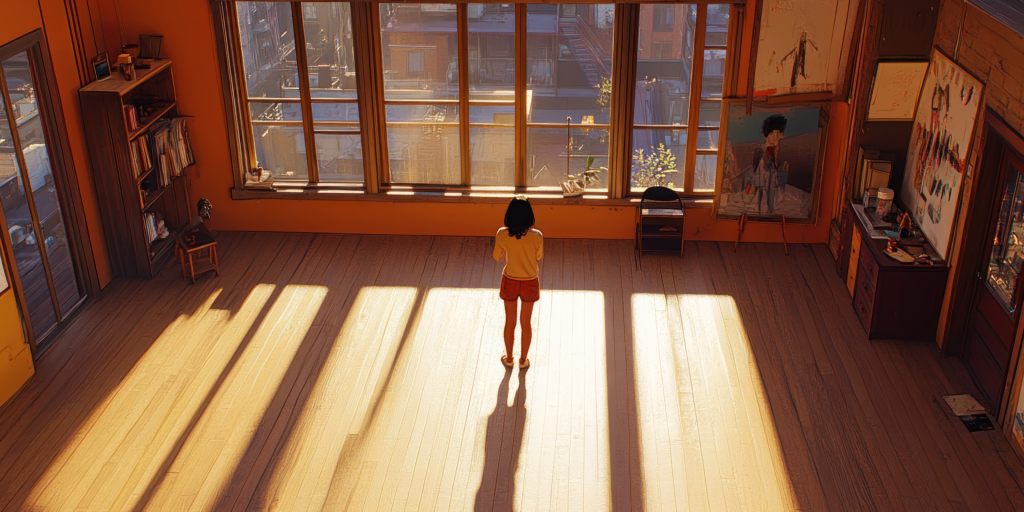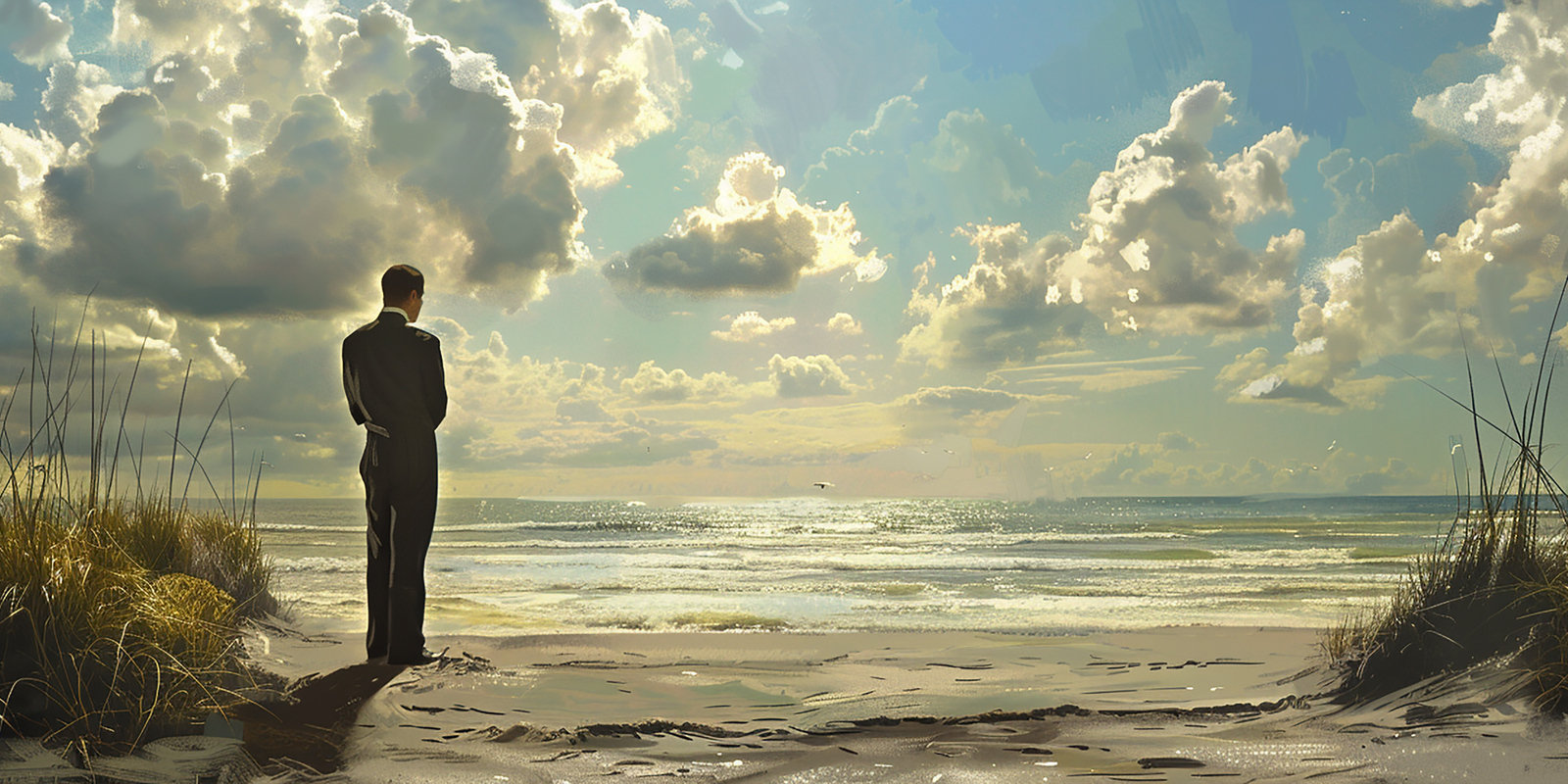In a world obsessed with movement, what if the most powerful frame is the one that doesn’t move at all?
Animation, by definition, is the art of motion. We spend countless hours perfecting every nuance of a gesture, every arc of a camera move, every blink of a character’s eye. But some of the most profound moments in animation aren’t about movement at all. They’re about what happens when everything stops.
Stillness in animation is a bold choice. It breaks the rhythm, challenges the viewer’s expectations, and demands presence. And more importantly, it invites emotion. At Studio Image Works, we believe that a pause isn’t the absence of action—it’s the presence of meaning.
When Nothing Happens, Everything Can
Stillness is uncomfortable. That’s why it works.
Think of a character frozen just before they speak—a hesitation hanging in the air. Or a still, wide frame where the environment seems to breathe on its own. These moments give us time to feel. To anticipate. To process. While movement keeps the story flowing, stillness makes it land.
In animation, we craft every frame with purpose. So when we choose not to move, it’s never accidental. It’s deliberate tension. The space between thoughts. The moment the audience leans forward.
Just like in great filmmaking or music, the beat between beats is where the soul lives.
The Anatomy of a Pause
Stillness doesn’t mean static. It means presence.
A perfectly timed pause can carry more emotional weight than a full sequence of action. It can signal hesitation, longing, grief, or resolve. The slow blink of a character. The subtle shift in breath. The silence before a storm—all of it makes us feel something primal.
These aren’t throwaway moments. They are narrative decisions. At Studio Image Works, we treat them as vital to the emotional spine of a project. Because in the stillness, truths are revealed—not through what’s said or done, but through what’s withheld.
Trusting the Viewer’s Intuition
In animation, it’s tempting to fill every moment with action. We’re taught to “keep it moving” to hold attention. But sometimes, the bravest choice is to let things be.
The audience doesn’t need to be told everything. They’re capable of sensing. Of interpreting. A long stare. A motionless sky. A hand that doesn’t reach out. These pauses allow the viewer to participate—to feel the weight of the moment and draw their own conclusions.
That’s not lazy storytelling. That’s trust.
Stillness as Rhythm, Not Repetition
Rhythm in animation isn’t just about movement—it’s about timing.

A good animator knows how to move a character. A great animator knows when not to. The pause between frames is a kind of visual punctuation. It’s where the sentence ends and the meaning begins. We use it to create breathing space, to guide emotional rhythm, to give the audience a moment to absorb.
Think of it as visual syncopation—pulling back so the next beat hits even harder.
The Frame That Breathes
At Studio Image Works, we talk often about “the frame that breathes.” It’s the shot that holds just a second longer than expected. The quiet moment that makes a scene unforgettable. The stillness that invites the audience not just to watch, but to feel.
These choices aren’t flashy. They don’t draw attention to themselves. But they stay with you—long after the final render. Because they offer something rare: time. Time to sit with the story. Time to feel it settle into your bones.
Final Thoughts
In animation, movement gets all the credit. But stillness is the space where emotion finds room to grow. It’s not absence. It’s presence. It’s not a break in rhythm—it is the rhythm.
So the next time you storyboard a scene or time out a shot, ask yourself:
Where’s the pause?
Where does this moment breathe?
What can be felt when nothing is said, and nothing moves?
At Studio Image Works, we believe that’s where the real magic begins.





